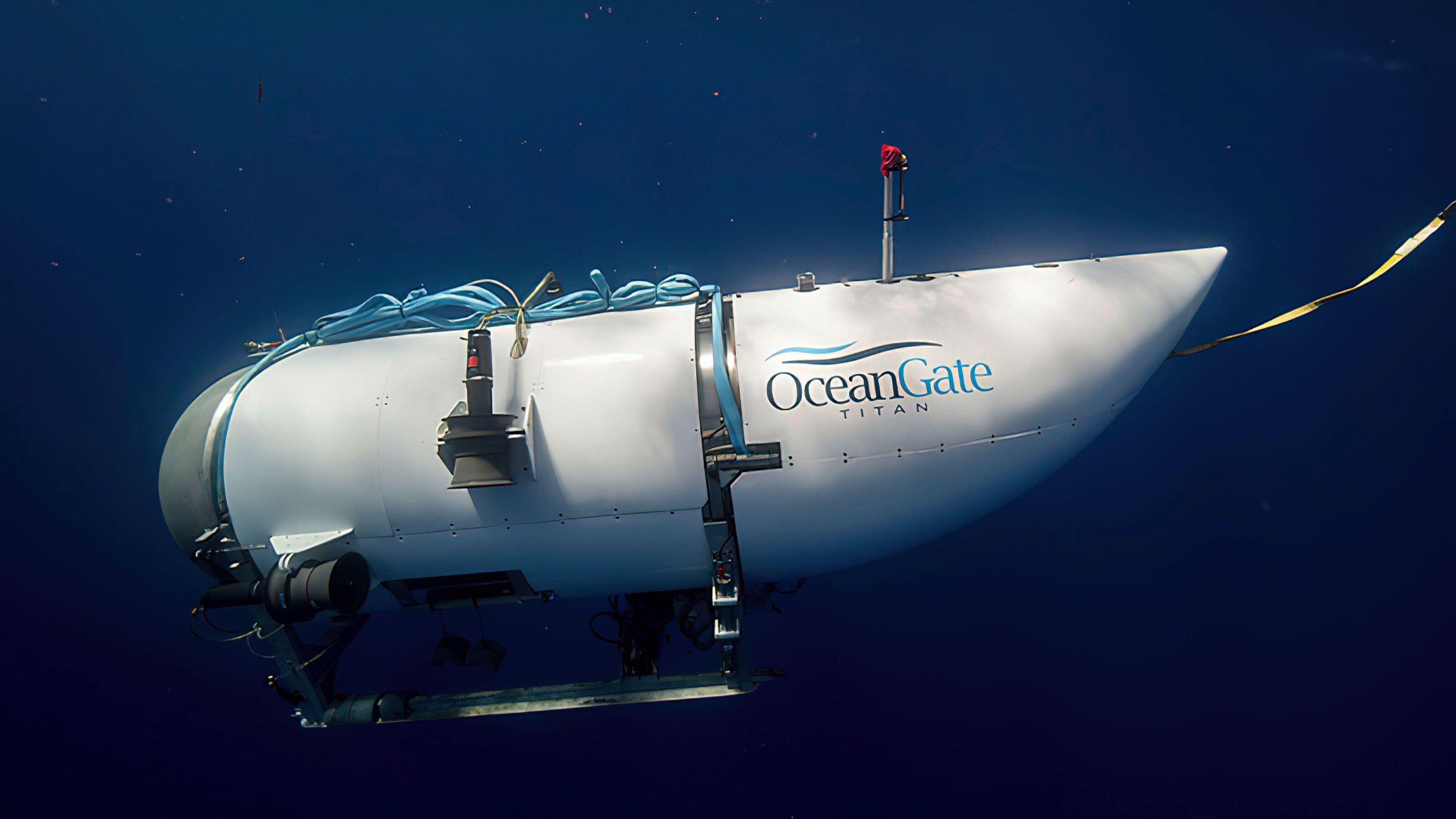The Coast Guard has recovered remaining debris, including presumed human remains, from a submersible that imploded on its way to explore the wreck of the Titanic, killing all five onboard, deep beneath the Atlantic Ocean's surface, officials said Tuesday.
The Coast Guard said that the recovery and transfer of remaining parts was completed last Wednesday, and a photo showed the intact aft titanium endcap of the 22-foot (6.7-meter) vessel. Additional presumed human remains were carefully recovered from within Titan’s debris and transported for analysis by U.S. medical professionals, the Coast Guard said.
The salvage mission conducted under an agreement with the U.S. Navy was a follow-up to initial recovery operations on the ocean floor roughly 1,600 feet (488 meters) away from the Titanic, the Coast Guard said.
The new materials were offloaded at an unnamed port.
The Coast Guard previously said it recovered presumed human remains along with parts of the Titan after the debris field was located at a depth of 12,500 feet (3,800 meters).
Investigators believe the Titan imploded as it made its descent into deep North Atlantic waters on June 18.
The multiday search mounted after Titan went silent captured attention around the world. The submersible was attempting to view the British passenger liner that sank in 1912.
The Coast Guard’s Marine Board of Investigation said investigators from the U.S. National Transportation Safety Board and the Transportation Safety Board of Canada joined the salvage expedition, and the Coast Guard is coordinating with international investigative agencies to schedule a joint review of the evidence to determine the next steps for forensic testing.
The Marine Board of Investigation, meanwhile, will continue its analysis and witness interviews ahead of a public hearing on the tragedy, officials said Tuesday.
OceanGate, the operator of the vessel, has since gone out of business. Among those killed in the implosion was Stockton Rush, the submersible’s pilot and CEO of the company.













